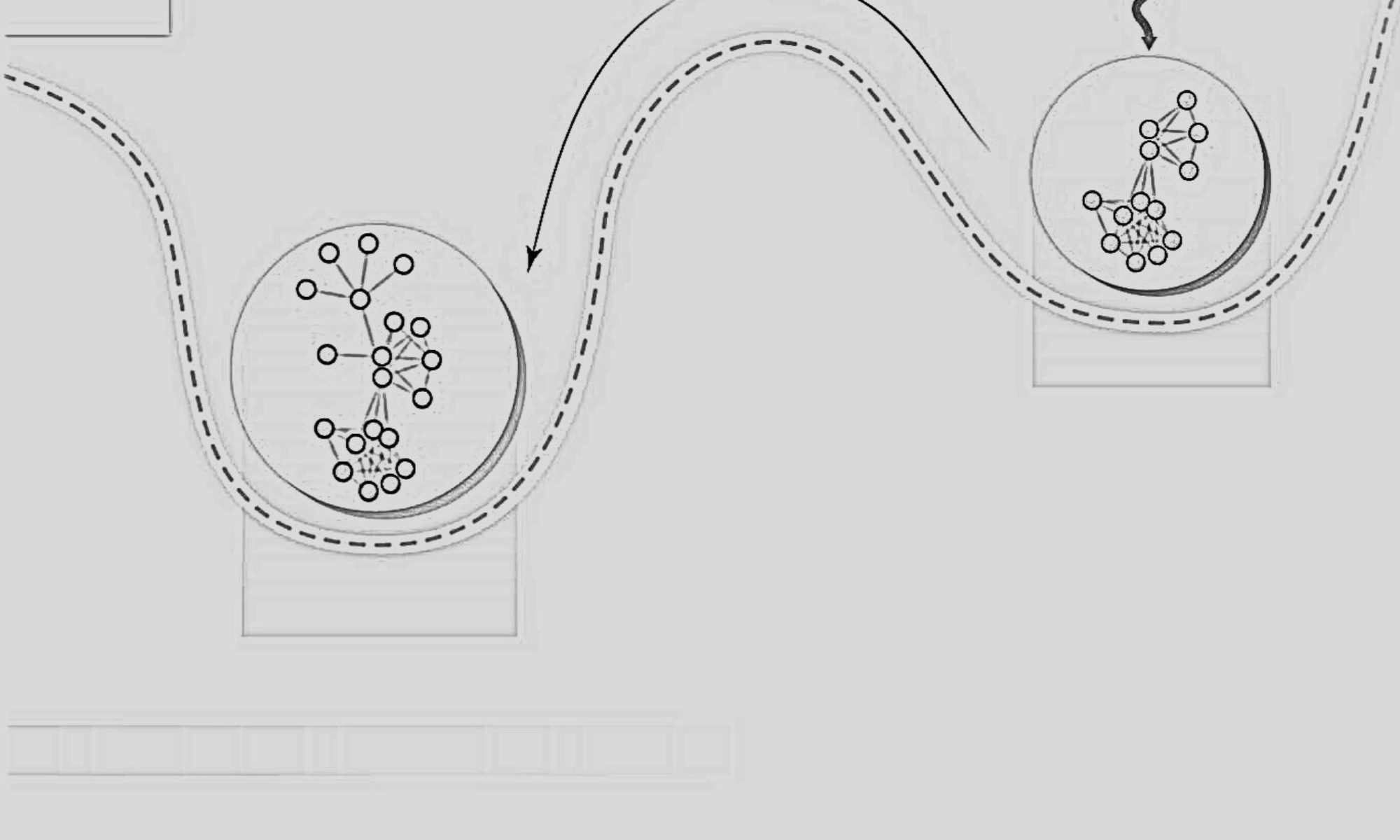The Simons Foundation is now accepting applications for its Simons Early Career Investigator in Marine Microbial Ecology and Evolution Awards. The deadline for receipt of letters of intent (LOI) is November 5, 2019, 5:00 PM Eastern Time.
Complete details at simonsfoundation.org









